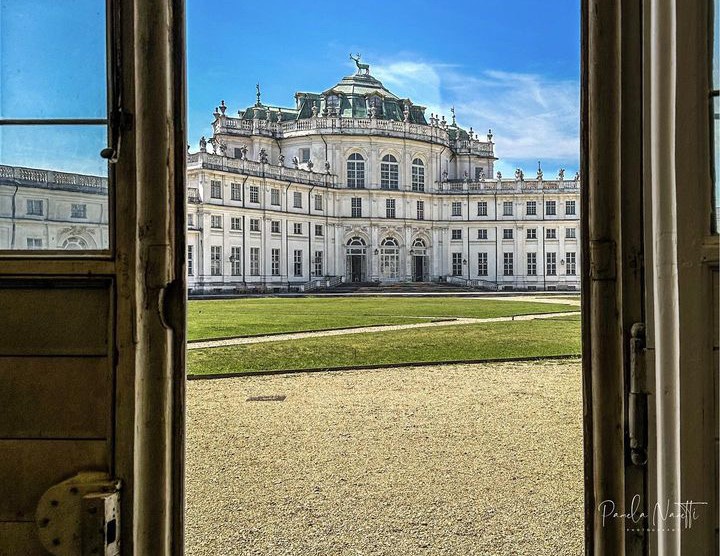Reading time: 10 minutes
Now that my summer respite is over and after having worn a decidedly different hat than the one for which you have come to know me, here I am again today.
During my holiday period, conditioned by scorching temperatures, I was inspired by new destinations that have nothing to do with urban exploration (not to worry, I’ll start up again in September).
You would be making a terrible mistake to associate my name exclusively with urbex. It would be correct, instead, to connect it to the passion for photography as a form of expression, of art, of a way to document every moment, emotion, sensation, and type of journey that takes you back into the past, to relive history, in contemporary art and beyond. In this regard, here is a quote that I like to remember:
I really believe there are things nobody would see if I didn’t photograph them.
Diane Arbus
This time I’m aboard a red Volkswagen Beetle (my trustworthy flashlight and DeLorean DMC-12 remained parked at home in the garage), with my ever-faithful mirrorless camera (which never abandons me) and my partner at my side, along with a suitcase of insatiable curiosity housed in plain sight in the back. And rather than telling you about urbex destinations, I’m going to figuratively put on my tourist hat and tell you about some dreamy tourist destinations that are not unknown whatsoever.
We are once again in Piedmont, a land that I love, with which I continue to have a particular bond that I can no longer break and to which I officially and definitively surrender.
We are in Turin, the capital city of both breadsticks and chocolate and famous for its automotive industry, the very cradle of brands such as Fiat, Lancia, and Alfa Romeo. Turin was also the Godmother of the Winter Olympics in 2006, an event during which she managed to radically transform herself into one of the most modern and cosmopolitan cities in the world.
Turin with two jerseys, Juventus and Torino FC; Turin with its Egyptian Museum, guardian of the mummy of Ramses II; Turin and the iconic Mole Antonelliana, which houses the Cinema Museum; Turin and the Holy Shroud preserved in the Cathedral of San Giovanni Battista.
So, how could I not tell you about the following three places so full of history and pride?
The Royal Palace of Venaria
We are at the Royal Palace of Venaria, a historic building of 80,000 square meters, with a 60-hectare garden that was magnificently flowered in this period and graced with elegant swans who welcome visitors in a hypnotizing and delicate dance in the surrounding waters. Commissioned around 1658 by Duke Carlo Emanuele II of Savoy, it was built as a hunting base and transformed over the years by three architects: Amedeo di Castellamonte, Filippo Juvarra, and Benedetto Alfieri. Inside, works considered Baroque masterpieces stand out, such as the Diana Room, the Great Gallery, and the Chapel of Sant’Uberto.
The visit to the Palace is completed by the Juvarriane Stables, in which the Savoy “Bucintoro” gondola, gala carriages, and sedan chairs are on display.

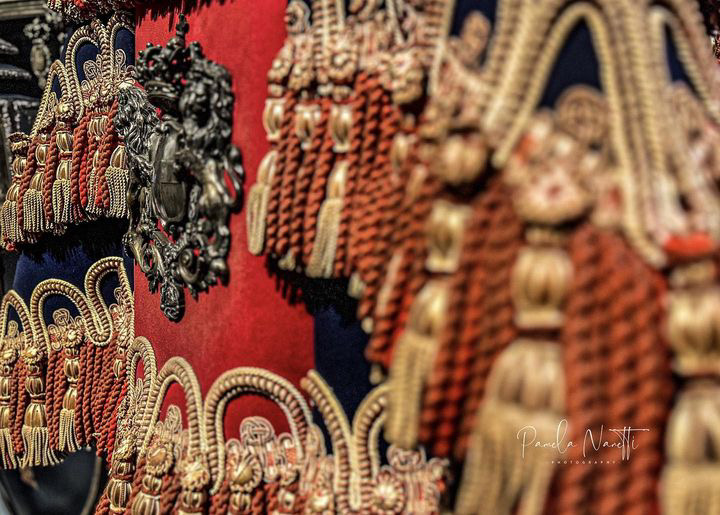
copyright: Pamela Nanetti
The Hunting Lodge in Stupinigi
Stupinigi, a hunting lodge (Palazzina di Caccia) designed by Filippo Juvarra in 1729 at the behest of Vittorio Amedeo II, retains many of the original furnishings, with paintings and frescoes of a hunting nature, created by the most important Piedmontese artists and artisans. Inside the building, there is also a chapel dedicated to Saint Hubert and a portrait gallery of some members of the royal family of Savoy, as well as a central hall with an elliptical plan, the heart of the lodge, full of stuccos and images to enhance the hunt and its protagonists.
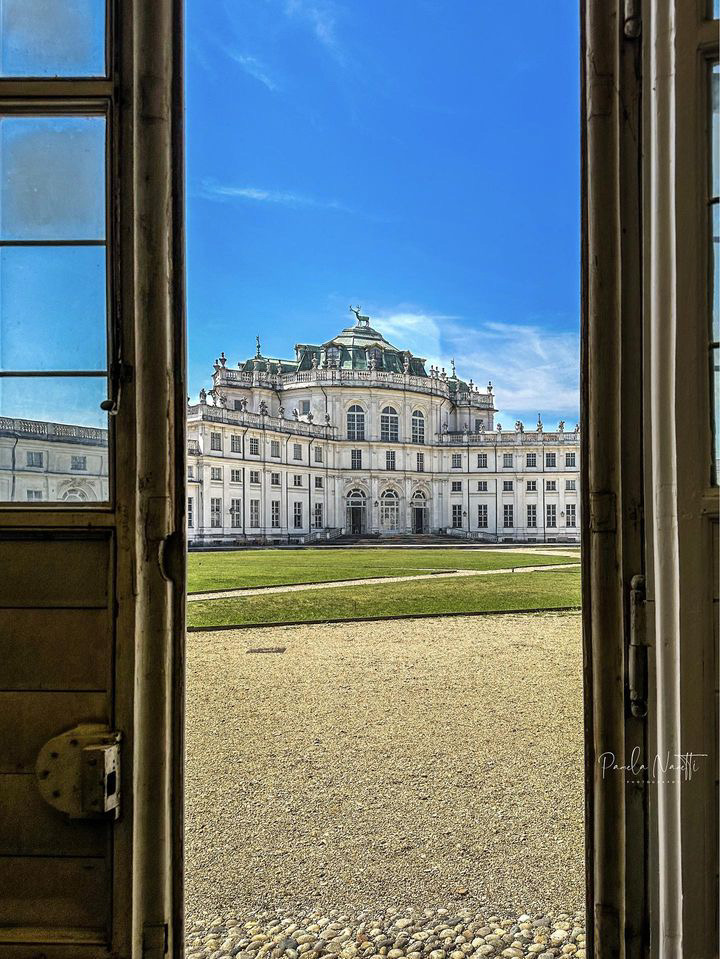
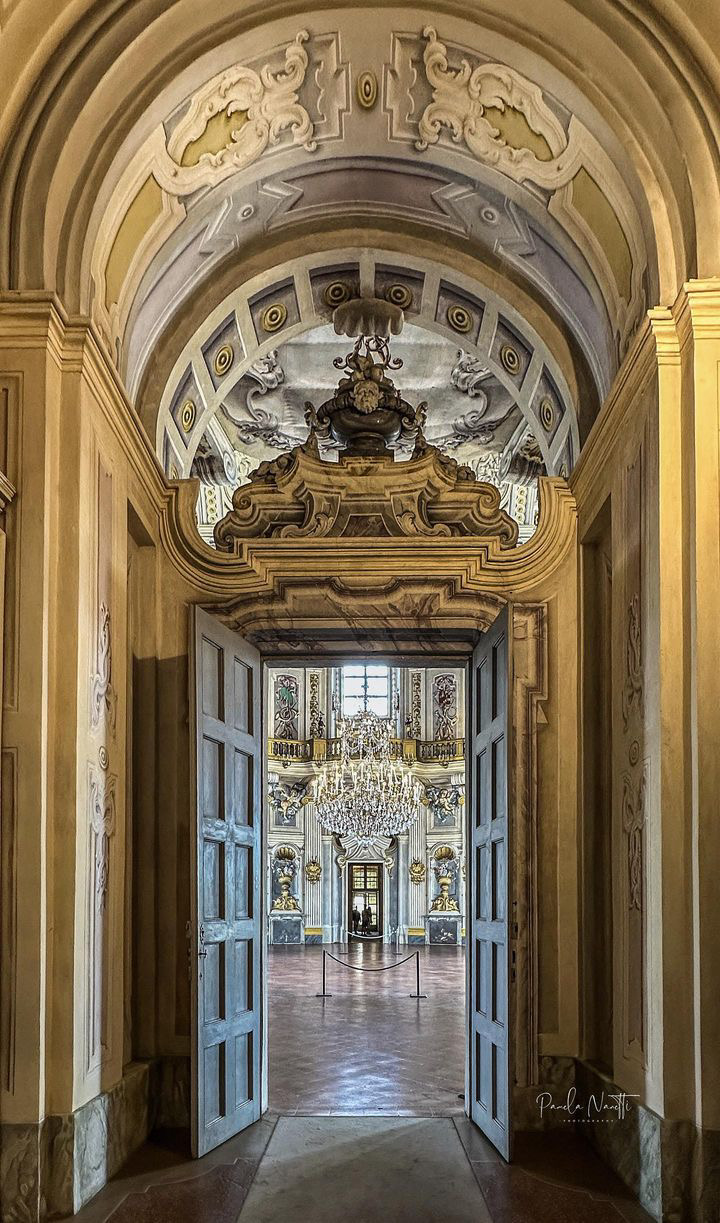
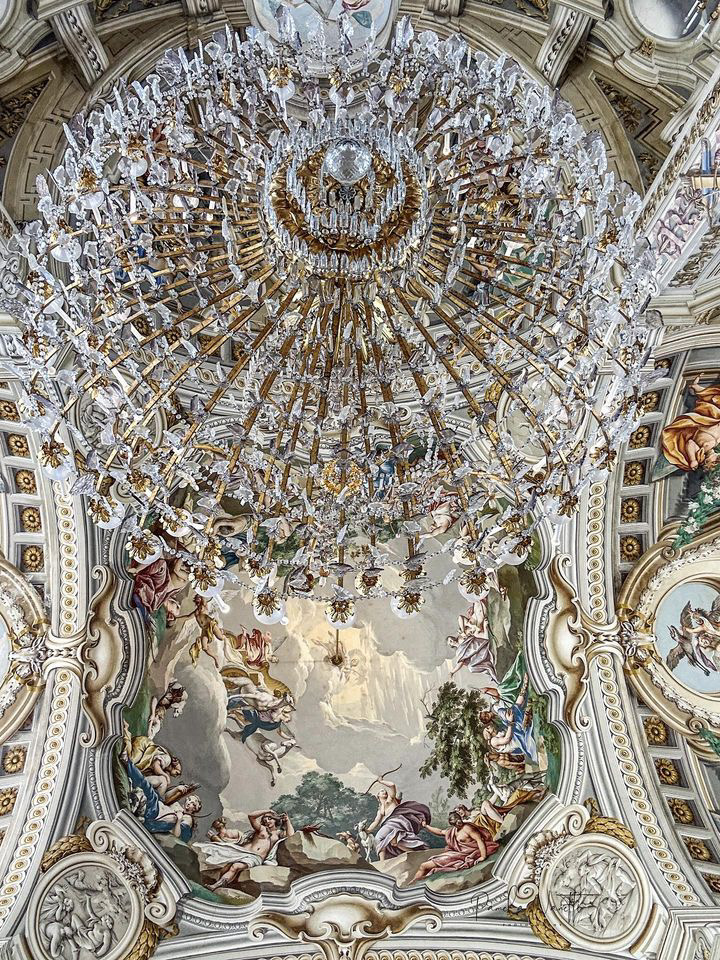
copyright: Pamela Nanetti
The Castle and Park of Masino
We’ll complete our journey by discovering the last stop, the Castle and Park of Masino. This splendid country estate, positioned on the hill overlooking the Ivrea area from above, was built in the 11th century at the behest of the Valperga counts, a family that declared itself a descendant of King Arduin and who lived here for over ten centuries. From here, you can enjoy a truly enchanting panorama, surrounded by greenery and peace. An enormous English garden surrounds the castle, where you can also find an eighteenth-century hedge labyrinth among the largest in Italy. Also visible from the castle, are the Cypress Garden and the road of twenty-two hairpin turns. Even today, Masino’s glorious past is alive as you wander through lavishly furnished, frescoed halls, the rooms for ambassadors, the private apartments, the living rooms, and the precious library that preserves more than 25,000 ancient volumes.

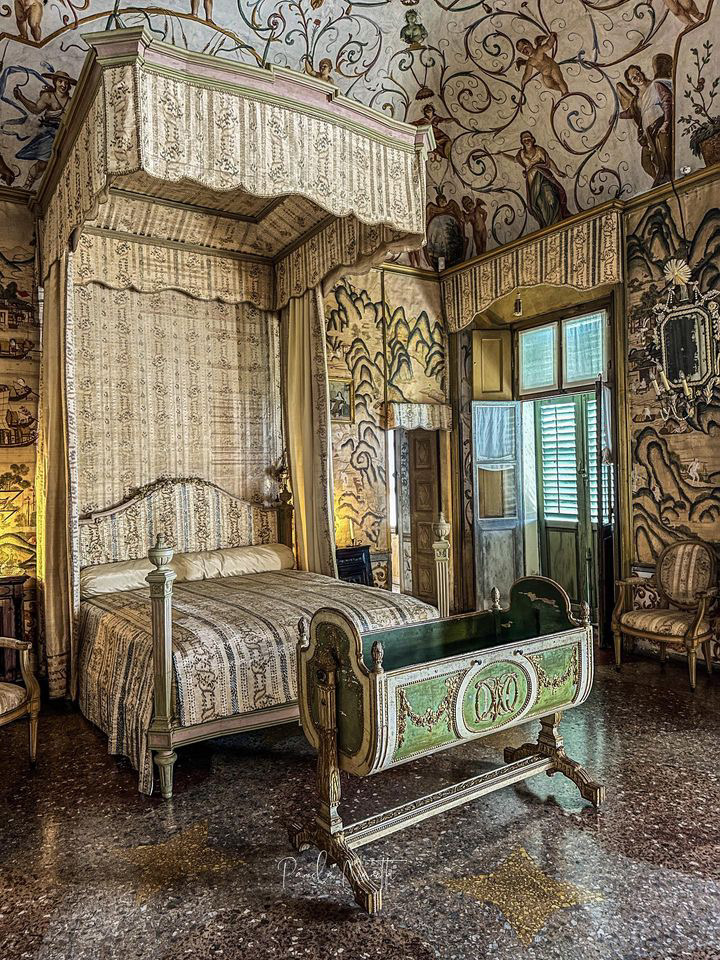
copyright: Pamela Nanetti
This has been a holiday with a thousand cultural implications and more.
As you can see, it’s been a carefully planned journey in its various stages in the continuous search for stimuli and with the intention of satiating my infinite hunger and thirst for knowledge. In search of myself and my passions and born to strengthen an inner balance that we all have but that we have unconsciously forgotten or underestimated.
I like to remember the quote from a late nineteenth-century poet, T.S. Eliot, which goes like this:
We shall not cease from exploration, and the end of all our exploring, will be to arrive where we started and know the place for the first time.
Living and breathing in this area completes me and enriches me with history as I speed through the countryside in my vintage car with the corn and rice fields dancing by in their alternating colors.
I love to fuel my curiosity by listening to the local people, who still have so much to say and such a desire to share.
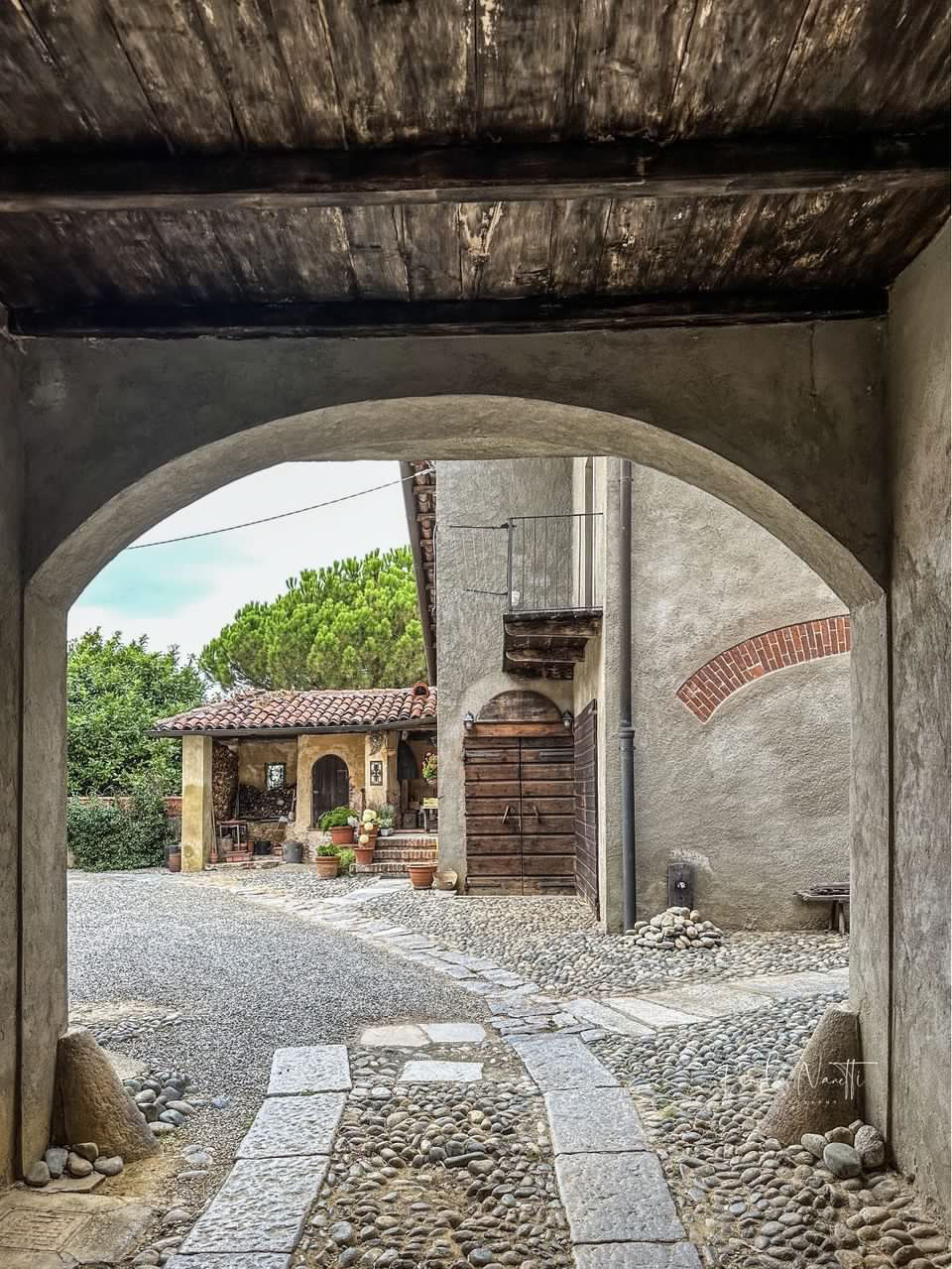
I am a guest in a lovely B&B called the Cascina Mondella, located on Lessona Hill in the heart of the Biella area, a town that also gave its name to the famous wine that managed to reach overseas.
Located inside a small village called “Castello”, the building of the residential complex has now completely taken the place of its ruins, removing every trace of it.
The farmhouse takes its name from the noble Mondella family of Biella, who already owned a large agricultural complex in Lessona in 1600. It was built in 1776 and ownership passed from the Mondellas to the Ferrero Fieschi della Marmora family until the end of the 19th century.
The B&B is run by a husband and wife team, Giorgio and Ornella, who have made simplicity their strong point in the hospitality industry.
This bed and breakfast is the ideal place to relax. Once through the entrance, you’ll find yourself in a cobblestone courtyard overlooked by an old well. Your gaze sweeps over the expanse of moorland and a majestic panorama of the Biella Prealps. You’ll be in awe of the large, terraced Italian garden with a barbecue area, private woods, and underbrush where you can savor the magical sounds and aromas.
What else can I say? I really needed this time to disconnect, relax, and be able to have you as my traveling companions once again along this journey filled with culture, art, history, and nature, and this time, in complete tranquility, safety, and away from any danger.
We will meet again soon for new adventures.
About the Author

Pamela Nanetti was born and lives in Bologna, and has long been linked to the Biella area through friendships and personal ties. A mother, and back office employee, she started writing by chance, as a way to get to know herself. Courageously starting a journey without being certain of its ending, in which one finds his true personality, and where the heart does not allow for calculations but survives on instinct. From this, her first book, Viaggio nel cuore di un urbexer (Journey Into the Heart of an Urbexer), was born.
For about a year or so, she has been discovering the world of Urban Exploration, Urbex, wandering amongst abandoned, unsafe, and dilapidated places that are full of history and unique architectural value and beauty. In this journey through time, she is transported to another parallel dimension. Taking advantage of her passion for photography and curiosity of the unknown, with the recklessness of a child, she enters historic homes, castles, and old decaying ruins that have been taken back by nature. Their existences forgotten, invisible, hidden in the shadows, and crystallized in time.
Intrigued by this unusual hobby, even the newspaper La Stampa, decided to dedicate space within its pages to her and now, thanks to a recent collaboration with the Eco di Biella newspaper, she has the opportunity to share these personal experiences with a wider audience.
Photographing these locations returns them to their original splendor and is an intimate way to express emotions and sensations, like a love letter to the one you just can’t seem to forget. A collection of photographs and experiences that I document piece by piece.
..."I was picking through the smashed houses in my heart, and rebuilding on the ruin." (D. Roberts - Shantaram)
Continue reading more by this author.

